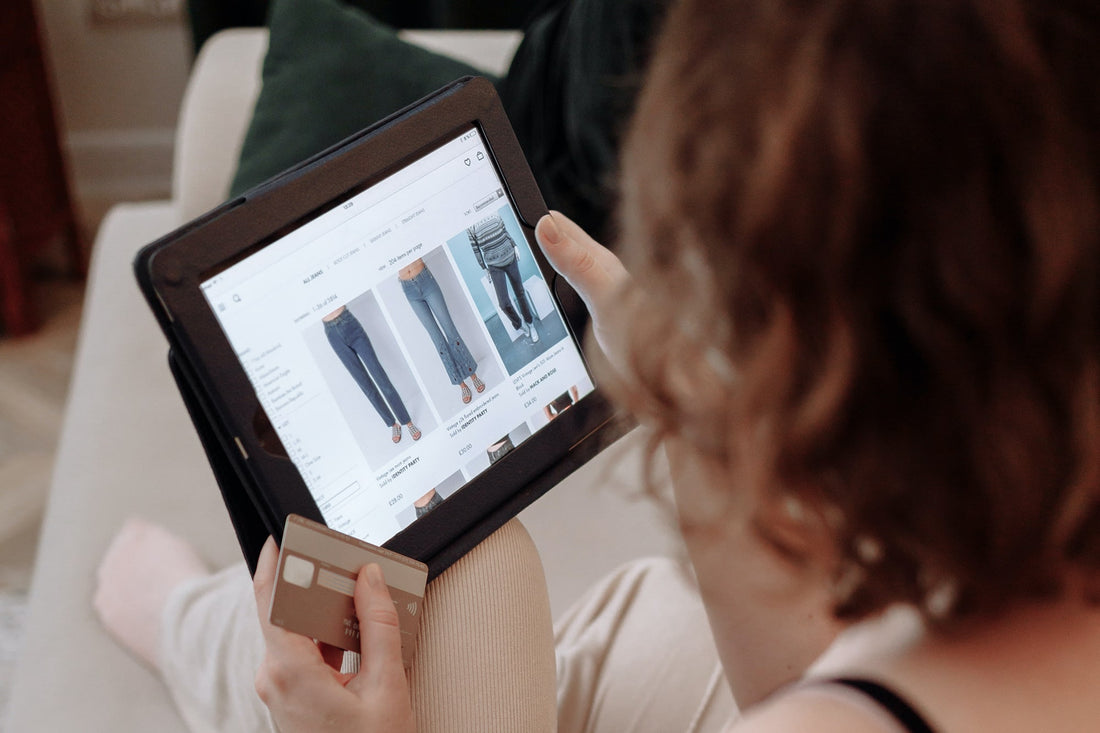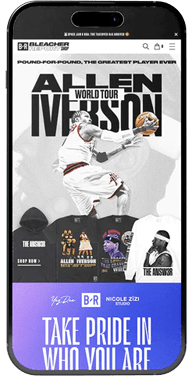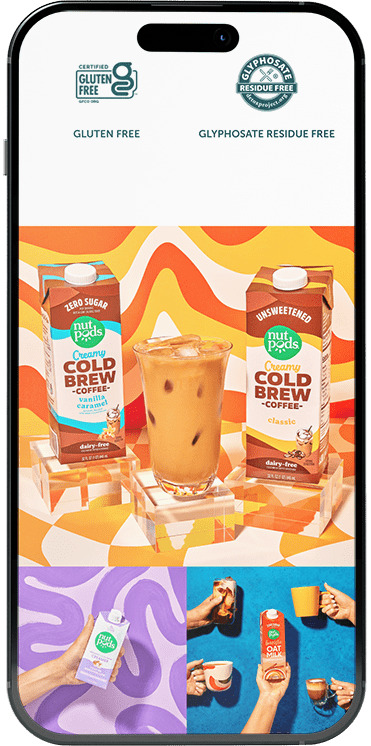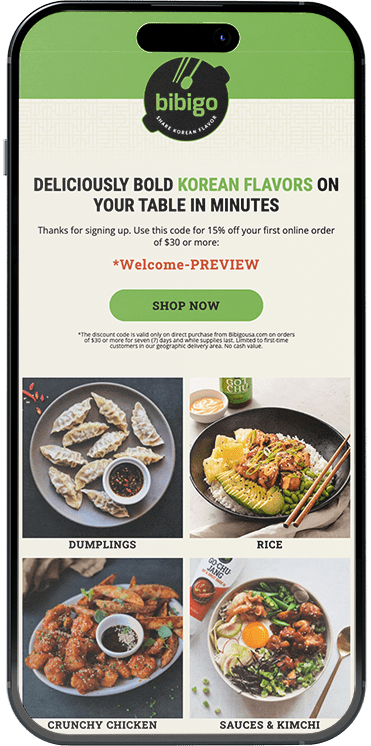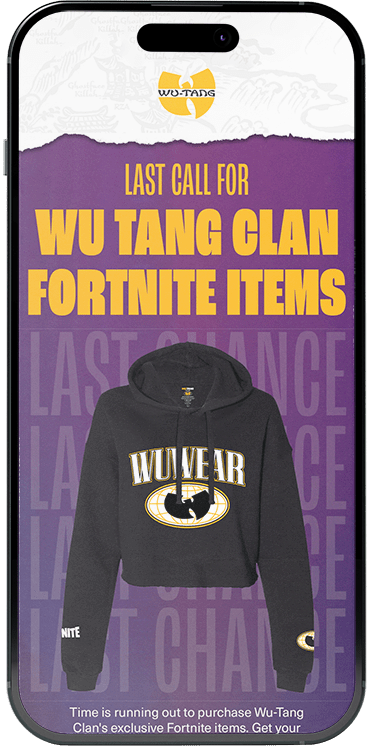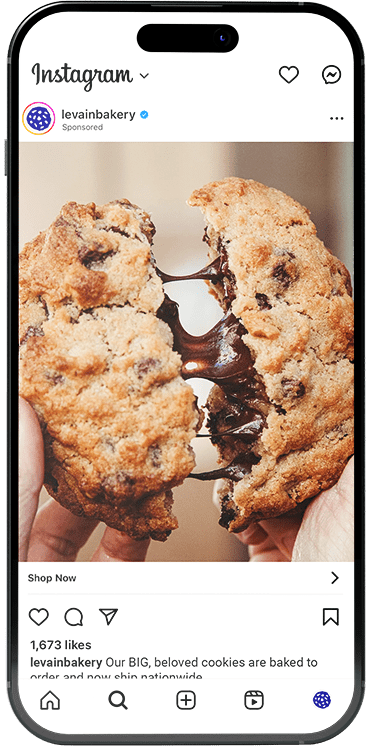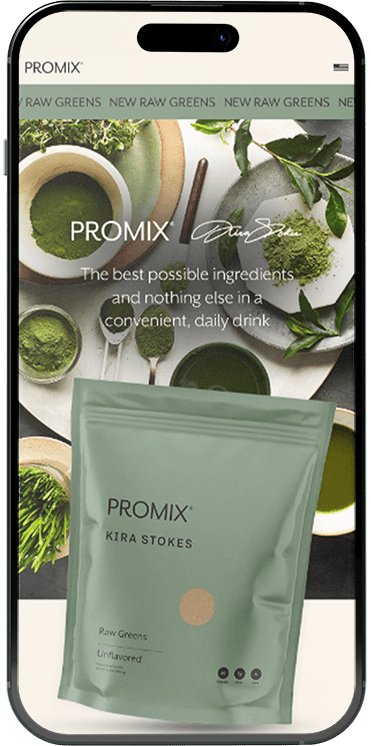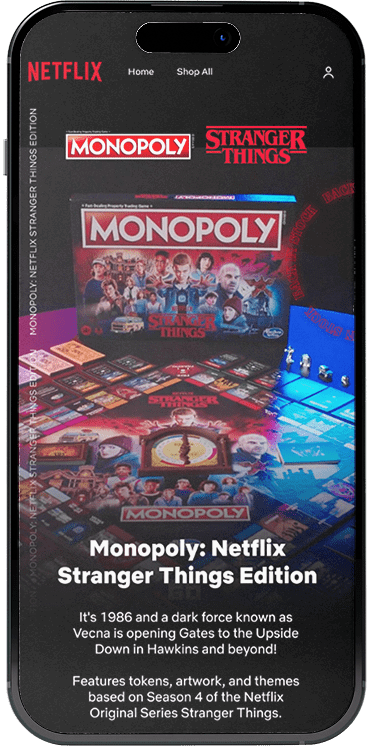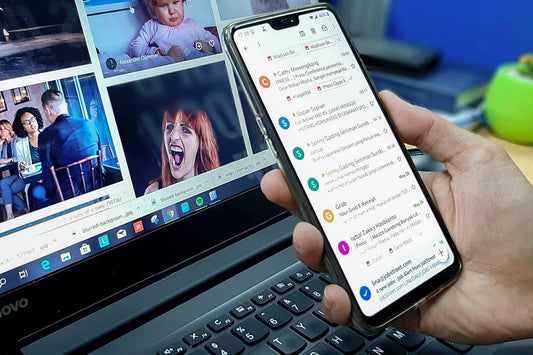For many (perhaps most) ecommerce businesses, the holiday season can represent massive jumps in sales revenue disproportionate to the pacing of the rest of the year that make a bad year look good and a good year look great.
In addition to being a boon to revenue to cap off a year, the high traffic and sales brought on by the holiday season also enables brands to grow in future months, too.
These massive traffic increases could be brought on by an increased advertising spend, more frequent email activity, a higher number of users visiting a website via organic search, etc. With that, brands must be prepared to collect data and information from potential customers.
Why? The reality is even with an increase in average traffic, the majority of users that visit a website will not buy something.
So, how can brands collect information during these times that can allow them to nurture relationships with these potential customers in more effective ways than just filling up inboxes with future email campaigns?
Zero-Party Data.
Zero-party data is information that a (potential) customer share with a brand.
- How often does someone want to hear from a brand?
- What product types are they interested?
- Do they have a favorite color?
- Where are they from?
- Who are they shopping for?
…and the list goes on depending on the type of products a brand sells.
Sell makeup? What are someone’s favorite shades?
Sell workout supplements? What are a visitor’s workout habits and dietary restrictions?
This is a great time to consider, “Hey, what information could I potentially collect from a customer that would help me make a future sale?”
Where can this information benefit a brand? Directly on-site is one area. Like serving a quiz that prompts users with product recommendations based on their responses.
Beyond that, storing collected information is the key, i.e. send what you collect into a Klaviyo account, so that information can be tied to a user’s profile and they can be segmented based on that info and also served dynamic in-message content.
Use pre-purchase popups, product recommendation quizzes, post purchase surveys, in-email or in-text question prompts.
There are endless possibilities, but don’t get carried away. Asking for too much information can be a deterrent for potential customers. Decide what 1-3 key pieces of information might be beneficial to you as the brand, ask for it and move on.


